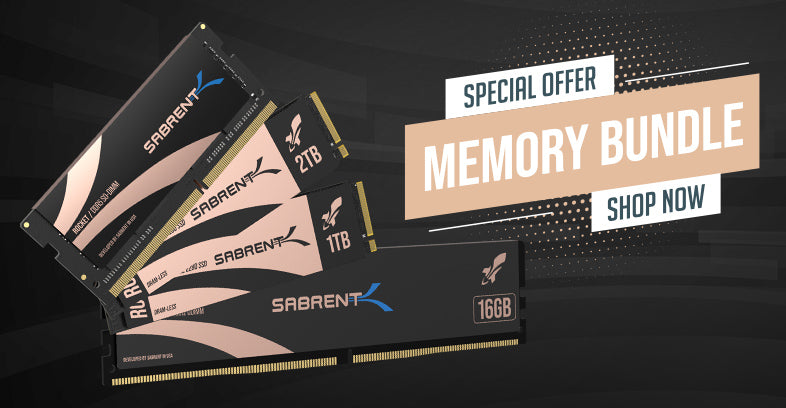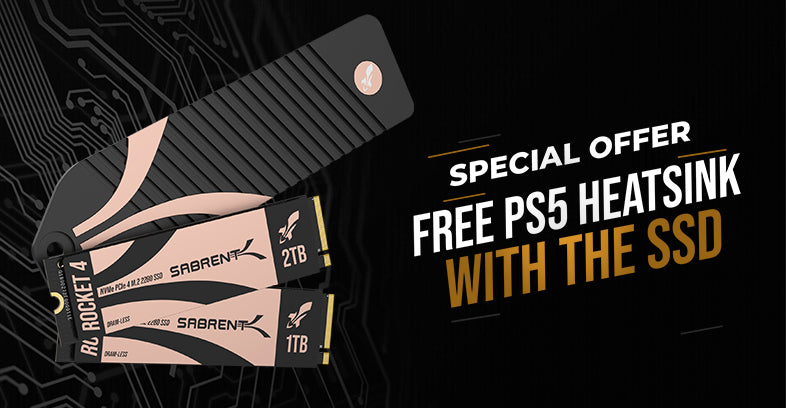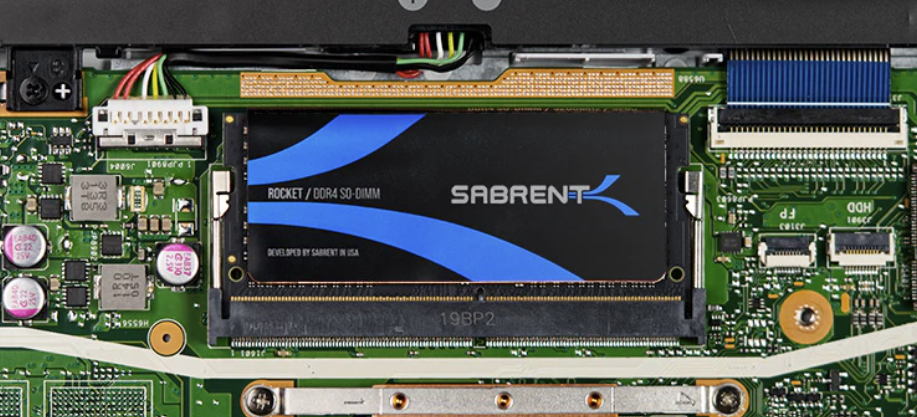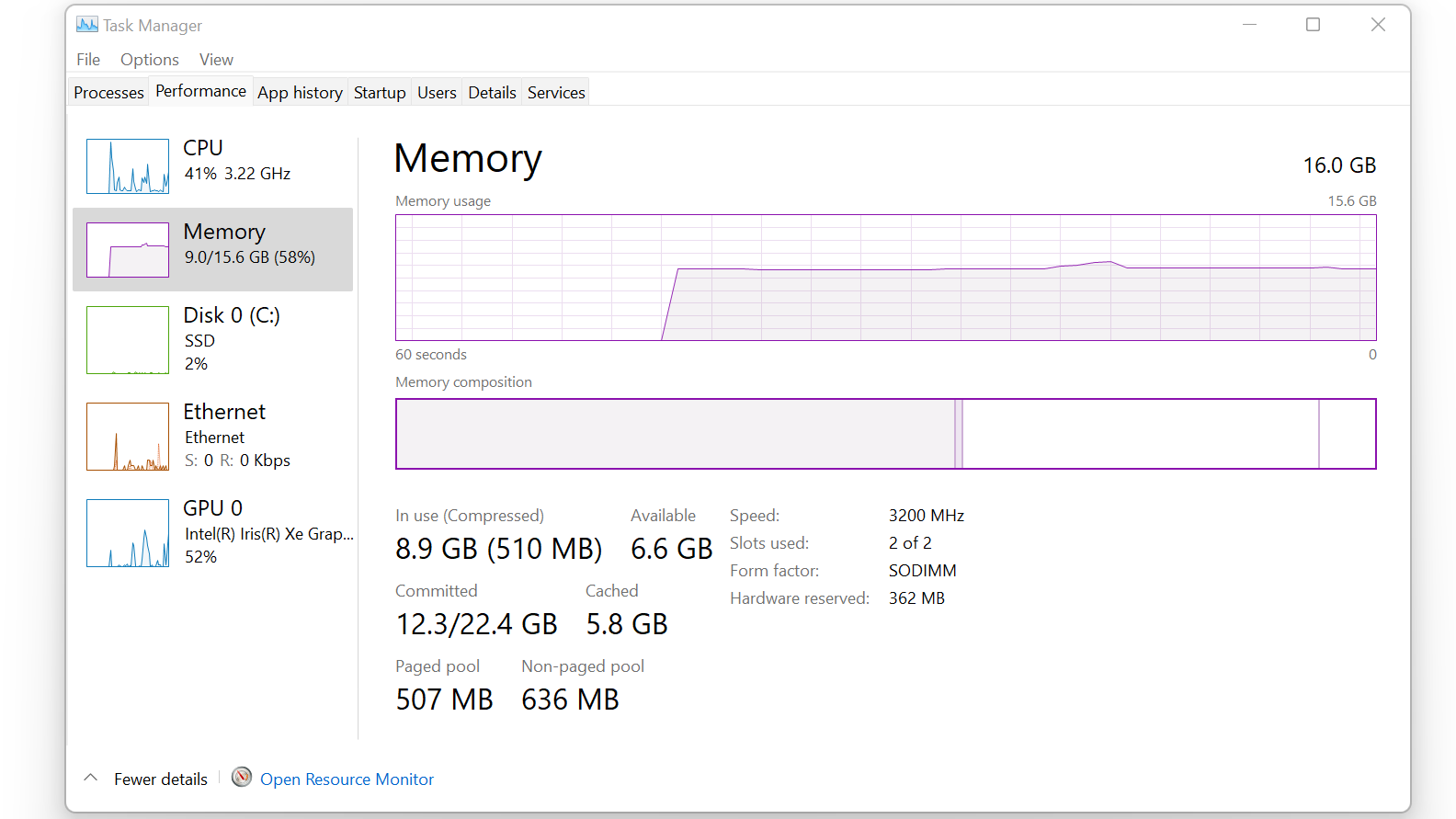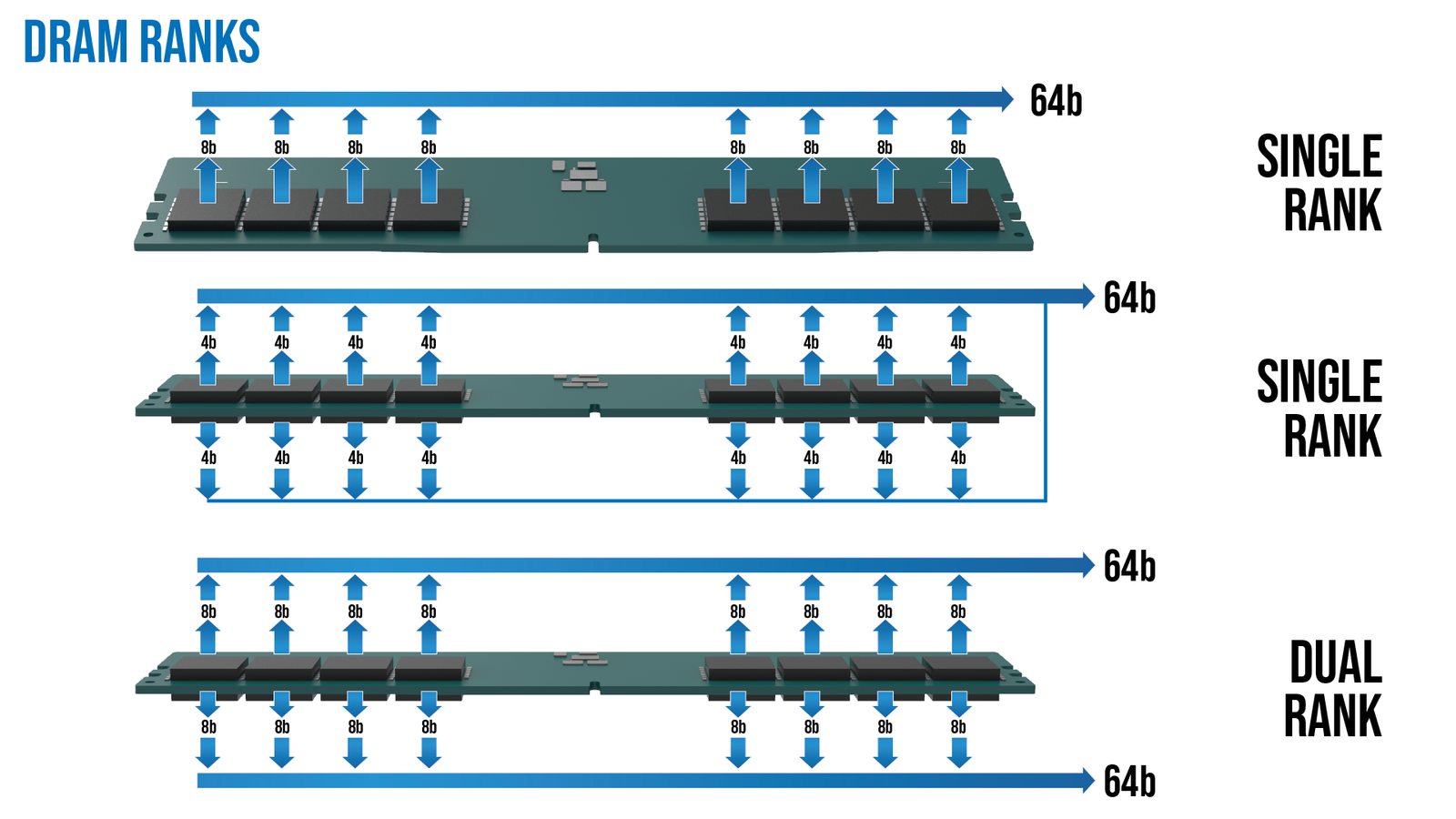Hardware, and particularly memory, requires standards to ensure maximum compatibility with other devices. For DRAM the Joint Electron Device Engineering Council, or JEDEC, sets guidelines for memory speed, timings, and voltage. For example, DDR4 is rated up to DDR4-3200/PC4-25600, that is 3200 MT/s (1600 MHz) for 25,600 MBps (25.6 GBps) of bandwidth, with a CAS timing of 22 and the memory running at 1.2V. DDR5 is set to be rated up to at least 6400 MT/s at 1.1V. The primary idea is that you can plug in any stick to a compliant board and it’ll just work.
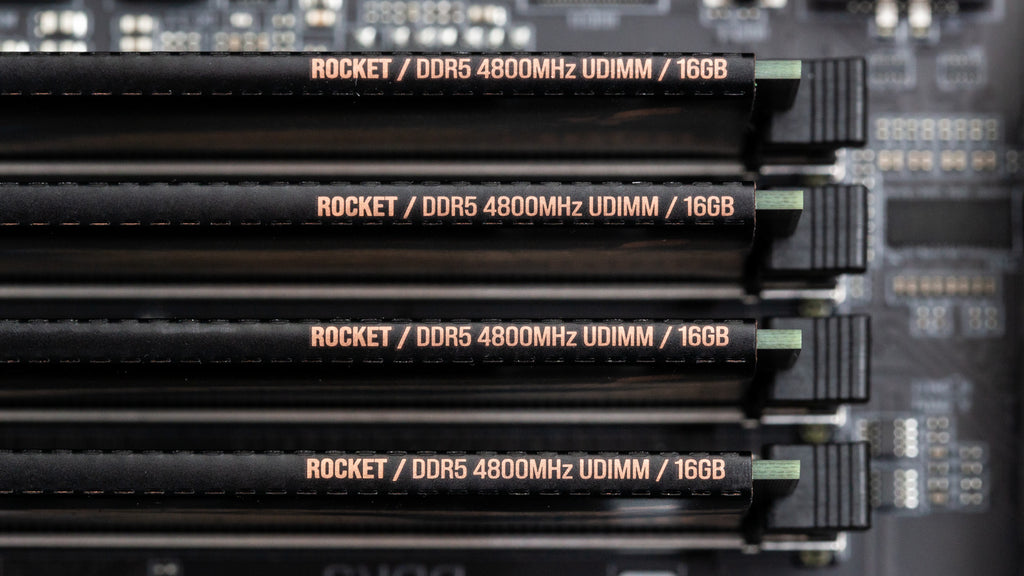
It’s possible to exceed these baselines with Intel’s Extreme Memory Profile (XMP) or AMD’s Direct Overclocking Profile (DOCP). These include memory profiles that can raise voltage and clock speed, and/or lower timings as an extension of Serial Presence Detect (SPD) for the JEDEC. This is a form of overclocking as it exceeds standard parameters, but can achieve much higher performance than what is otherwise possible. Users can manually dial in a multitude of settings and, with proper testing, achieve superior results. XMP, therefore, is basically a guaranteed overclock. There are tools to assist identification of the RAM and it specifications like PassMark's RAMMon.

Our DDR4 and DDR5 products meet JEDEC standards to ensure compatibility, consistency, and reliability. This allows us to offer DRAM at a competitive price and, moreover, at high capacities. More RAM is better because a modern operating system can use everything you have to cache processes as you work and play. Many devices, for example OEM/prebuilt desktops and laptops, are finicky about memory, which is why following a standard is the best way to ensure an easy memory upgrade. However, we’re always striving to offer more options for our customers.
For more, see the Wikipedia section for the JEDEC DDR4 standard.
See our memory products here.









